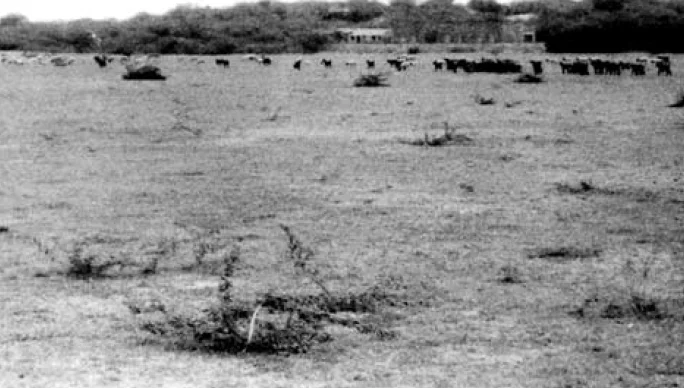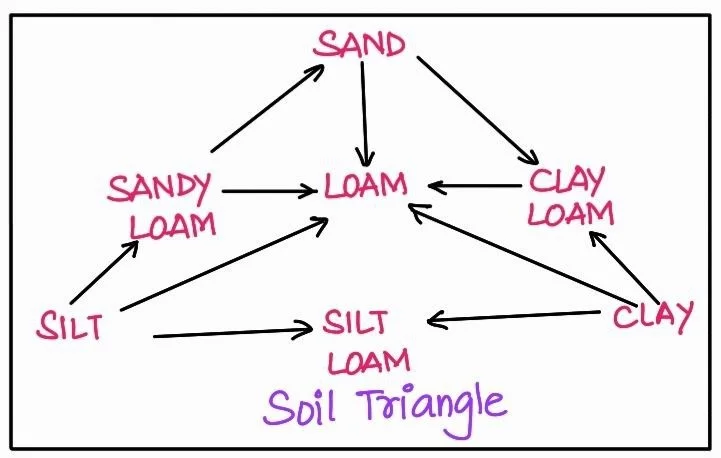![]() June 22, 2024
June 22, 2024
![]() 4371
4371
![]() 0
0
India, with its vast and varied landscape, is home to a rich tapestry of soils, each with distinct characteristics and distribution patterns. The country boasts an array of soil types in India, ranging from the fertile black soils to the arid expanses, saline terrains, and the unique laterite and peaty soils.
In this article, we delve into the key soil types in India found across India, unraveling their individual traits and understanding how they contribute to the nation’s agricultural and environmental dynamics.

Arid Soil
Soil Types in India – Laterite Soil
Characteristics: Laterite Soils
These soils are chiefly found in western Rajasthan, showcasing the region’s arid topography.
Mineral Composition: Arid Soils
Characteristics: Saline Soils
Soil Types in India – Peaty Soils
Area: Peaty Soils
Characteristic: Peaty Soils
Characteristics: Forest Soils

| Must Read | |
| Current Affairs | Editorial Analysis |
| Upsc Notes | Upsc Blogs |
| NCERT Notes | Free Main Answer Writing |
<div class="new-fform">
</div>

Latest Comments